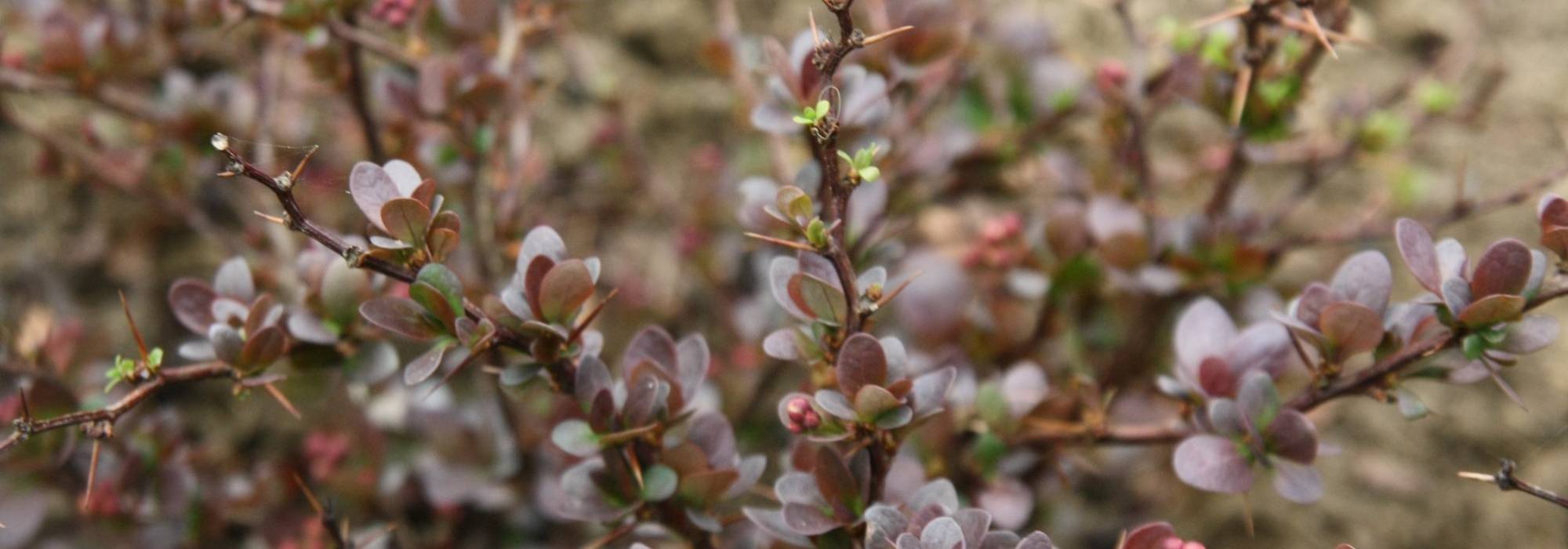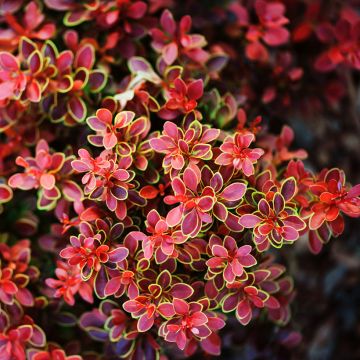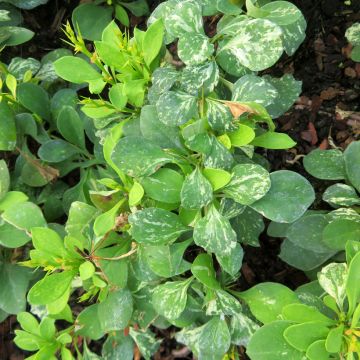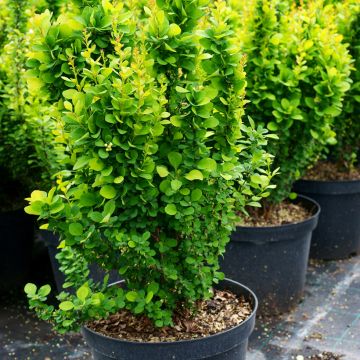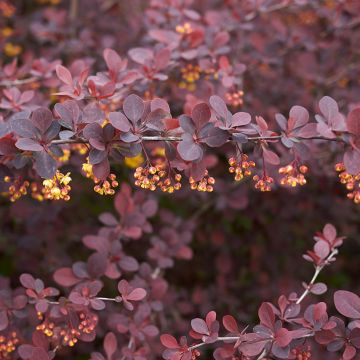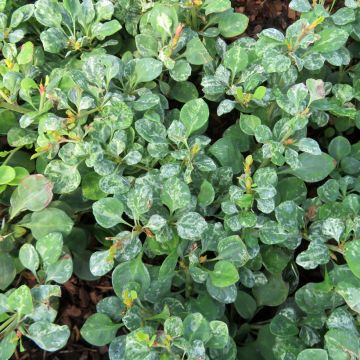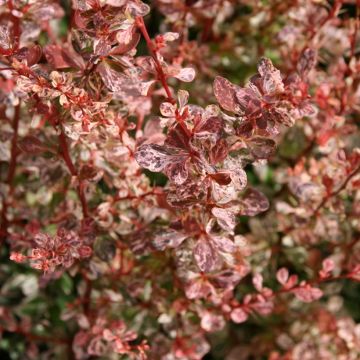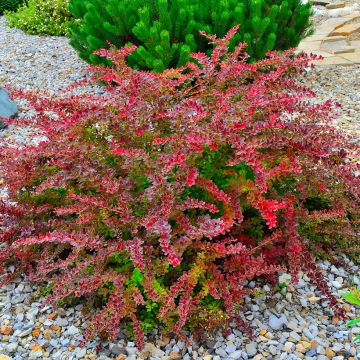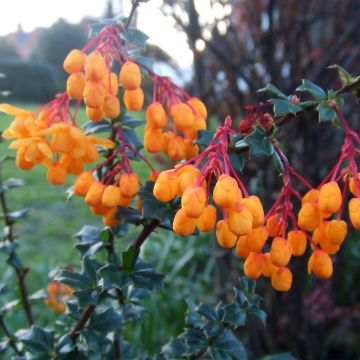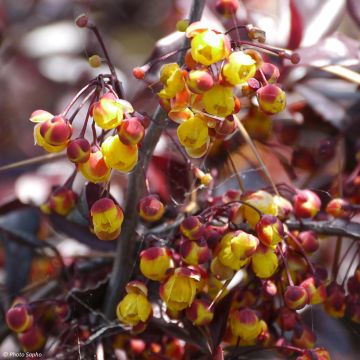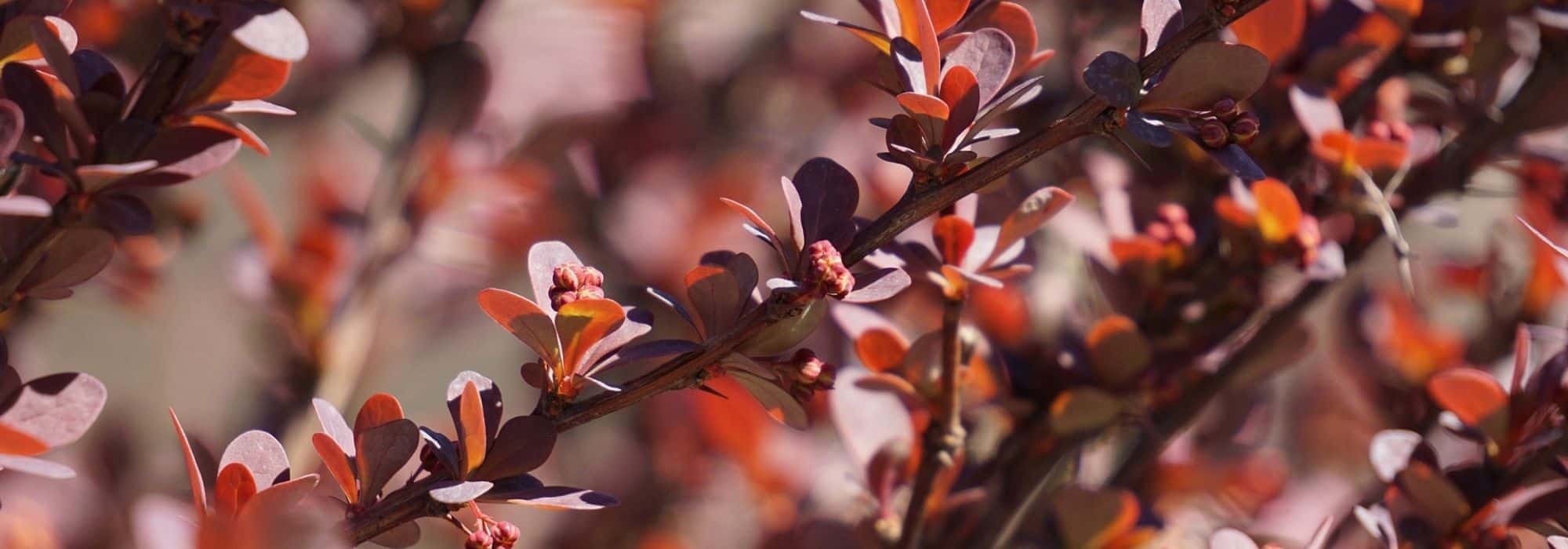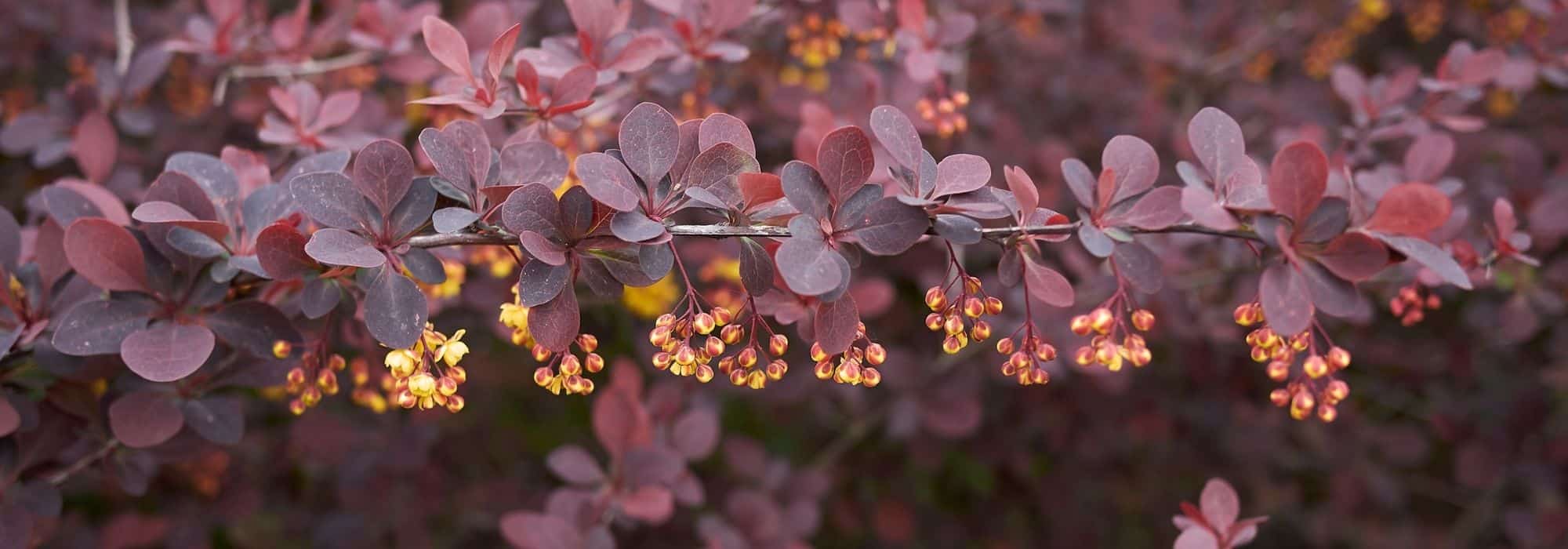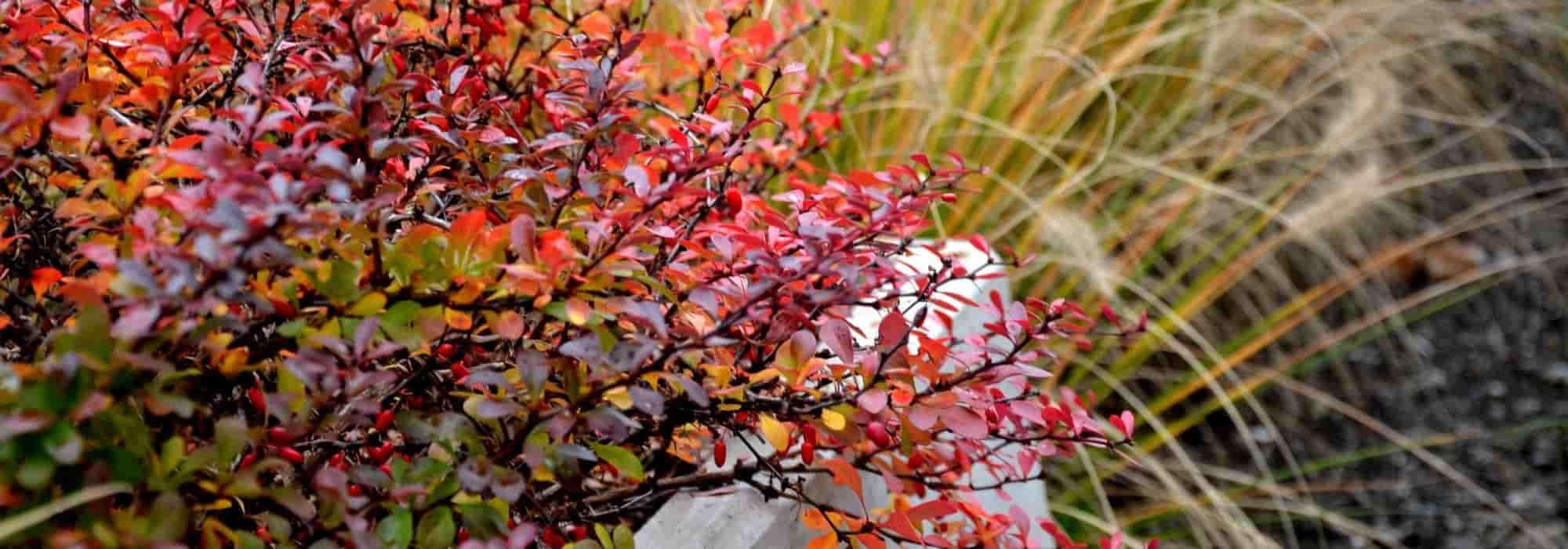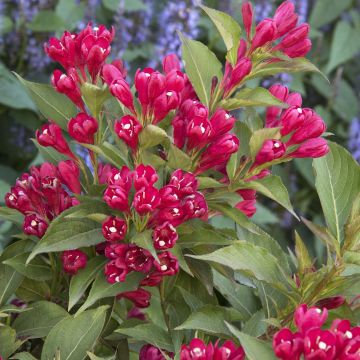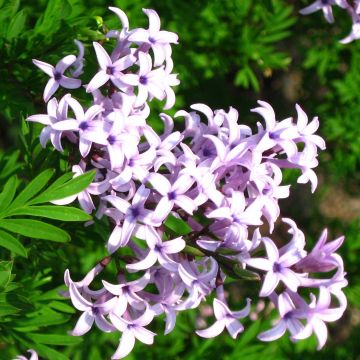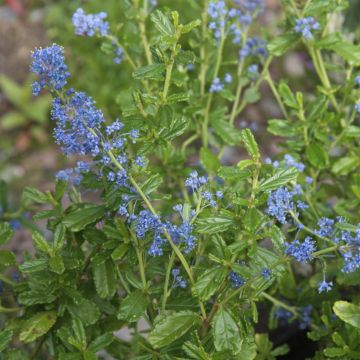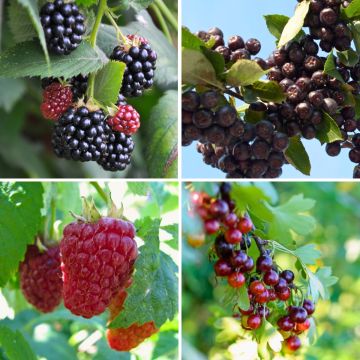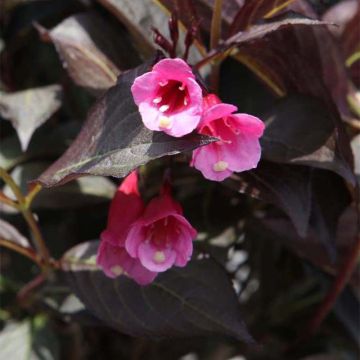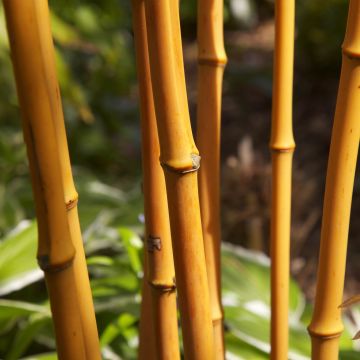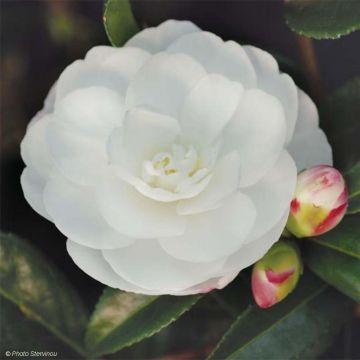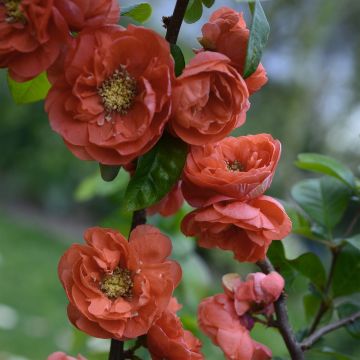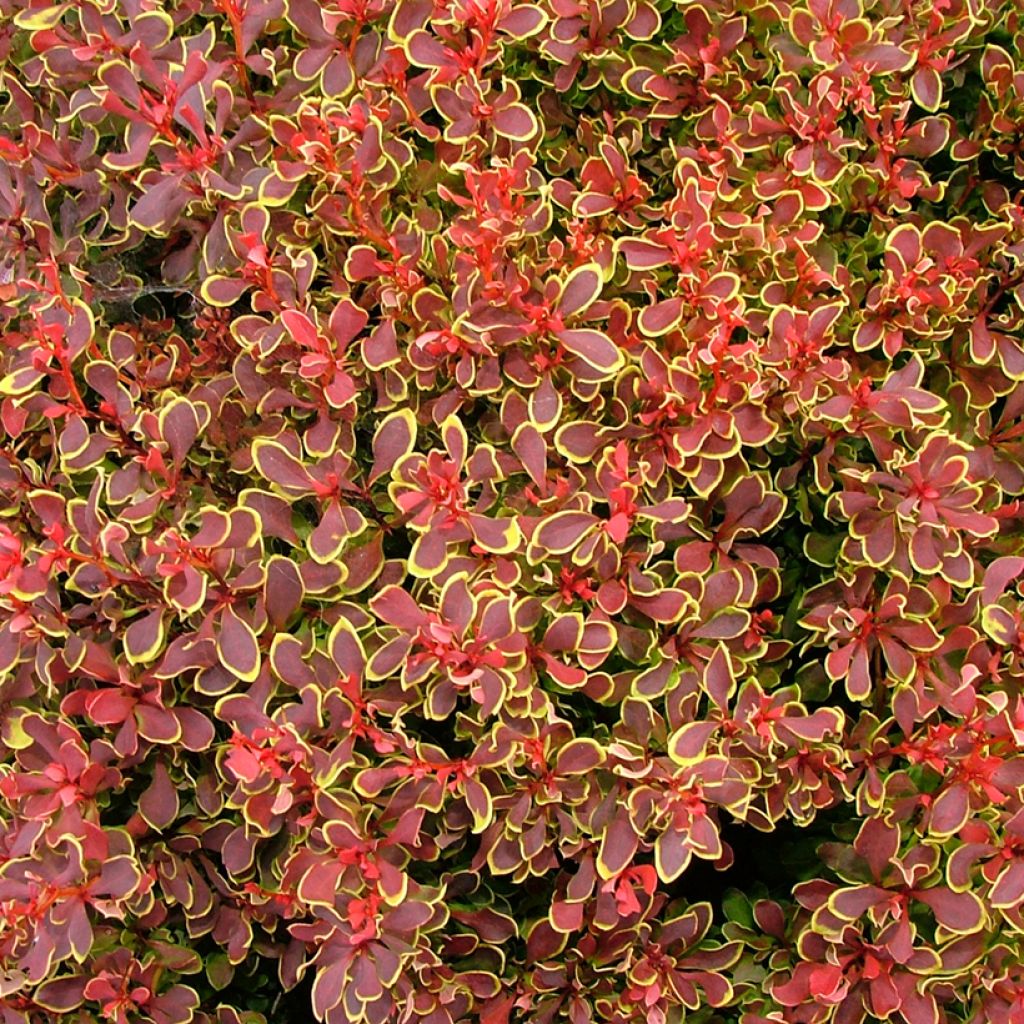

Berberis thunbergii Golden Ruby
Berberis thunbergii Golden Ruby
Berberis thunbergii Golden Ruby ('Goruzam'PBR) EU 50090
Japanese Barberry, Thunberg's Barberry
Special offer!
Receive a €20 voucher for any order over €90 (excluding delivery costs, credit notes, and plastic-free options)!
1- Add your favorite plants to your cart.
2- Once you have reached €90, confirm your order (you can even choose the delivery date!).
3- As soon as your order is shipped, you will receive an email containing your voucher code, valid for 3 months (90 days).
Your voucher is unique and can only be used once, for any order with a minimum value of €20, excluding delivery costs.
Can be combined with other current offers, non-divisible and non-refundable.
Home or relay delivery (depending on size and destination)
Schedule delivery date,
and select date in basket
This plant carries a 24 months recovery warranty
More information
We guarantee the quality of our plants for a full growing cycle, and will replace at our expense any plant that fails to recover under normal climatic and planting conditions.
Would this plant suit my garden?
Set up your Plantfit profile →
Description
Berberis thunbergii Golden Ruby, also known by its cultivar name 'Goruzam', is a variety of dwarf barberry, forming a small, spreading and compact ground cover. Its large leaves unfold in spring in orange, yellow and green before turning red in summer. In autumn, they become dark red with a golden-yellow margin. In spring, its small yellow flowers stand out against the foliage, as do its bright red berries in late summer. It prefers to grow in full sun or partial shade in well-drained sandy to clayey soil, not too dry in summer.
Berberis thunbergii, also known as Japanese barberry or Thunberg's barberry, is a deciduous or semi-evergreen shrub of the berberidaceae family, native to Japan. It has a spreading, low-growing habit and Golden Ruby forms a small, compact bushy clump, reaching 30 cm high and 20 cm wide at maturity. The foliage is the main feature of this barberry. It consists of rounded, 2 to 3 cm long, obovate (ovate, with the upper part of the leaf wider than the lower part), glossy leaves. When they first emerge, they are orange to coral or yellow and green, then as they mature, they turn red. In April-May, clusters of 1 to 6 small flowers bloom on 1-year-old stems. The bell-shaped, 1 cm long flowers are pale yellow tinged with red on the outside. They are nectar-rich and are followed in September-October by a few small, bright red round, 6 to 8 mm long fruits. They persist on the branches for part of the winter. The foliage takes on a beautiful brick red colour with a yellow margin before falling in October-November.
Berberis thunbergii Golden Ruby is hardy down to -30°C and grows in full sun in any well-drained soil, even chalky, poor or rocky, but not too dry in summer. It is resistant to diseases. It is naturally compact so does not require pruning and requires little maintenance. Golden Ruby is perfect in a border, at the front of a bed, planted en masse, with other plants, or as a solitary plant on the terrace or patio. It can be paired with grey-leaved shrubs like Artemisia 'Powis Castle' for a beautiful combination of colours. Also, consider pairing it with small Pieris and colourful heucheras.
Plant habit
Flowering
Foliage
Botanical data
Berberis
thunbergii
Golden Ruby ('Goruzam'PBR) EU 50090
Berberidaceae
Japanese Barberry, Thunberg's Barberry
Cultivar or hybrid
Other Berberis - Barberries
View all →Planting and care
Berberis thunbergii Golden Ruby is hardy to -30°C and can be planted in spring or autumn, in any well-drained soil, even chalky, poor or stony, but not overly. Place it in a sunny position to enhance its colours. You can plant it in partial shade (during the hottest hours) in hot, southern regions. Water generously and frequently during the first summers. No need to feed. It requires little maintenance, just make sure to keep the soil moist, especially in summer.
Planting period
Intended location
Care
Planting & care advice
This item has not been reviewed yet - be the first to leave a review about it.
Similar products
Haven't found what you were looking for?
Hardiness is the lowest winter temperature a plant can endure without suffering serious damage or even dying. However, hardiness is affected by location (a sheltered area, such as a patio), protection (winter cover) and soil type (hardiness is improved by well-drained soil).

Photo Sharing Terms & Conditions
In order to encourage gardeners to interact and share their experiences, Promesse de fleurs offers various media enabling content to be uploaded onto its Site - in particular via the ‘Photo sharing’ module.
The User agrees to refrain from:
- Posting any content that is illegal, prejudicial, insulting, racist, inciteful to hatred, revisionist, contrary to public decency, that infringes on privacy or on the privacy rights of third parties, in particular the publicity rights of persons and goods, intellectual property rights, or the right to privacy.
- Submitting content on behalf of a third party;
- Impersonate the identity of a third party and/or publish any personal information about a third party;
In general, the User undertakes to refrain from any unethical behaviour.
All Content (in particular text, comments, files, images, photos, videos, creative works, etc.), which may be subject to property or intellectual property rights, image or other private rights, shall remain the property of the User, subject to the limited rights granted by the terms of the licence granted by Promesse de fleurs as stated below. Users are at liberty to publish or not to publish such Content on the Site, notably via the ‘Photo Sharing’ facility, and accept that this Content shall be made public and freely accessible, notably on the Internet.
Users further acknowledge, undertake to have ,and guarantee that they hold all necessary rights and permissions to publish such material on the Site, in particular with regard to the legislation in force pertaining to any privacy, property, intellectual property, image, or contractual rights, or rights of any other nature. By publishing such Content on the Site, Users acknowledge accepting full liability as publishers of the Content within the meaning of the law, and grant Promesse de fleurs, free of charge, an inclusive, worldwide licence for the said Content for the entire duration of its publication, including all reproduction, representation, up/downloading, displaying, performing, transmission, and storage rights.
Users also grant permission for their name to be linked to the Content and accept that this link may not always be made available.
By engaging in posting material, Users consent to their Content becoming automatically accessible on the Internet, in particular on other sites and/or blogs and/or web pages of the Promesse de fleurs site, including in particular social pages and the Promesse de fleurs catalogue.
Users may secure the removal of entrusted content free of charge by issuing a simple request via our contact form.
The flowering period indicated on our website applies to countries and regions located in USDA zone 8 (France, the United Kingdom, Ireland, the Netherlands, etc.)
It will vary according to where you live:
- In zones 9 to 10 (Italy, Spain, Greece, etc.), flowering will occur about 2 to 4 weeks earlier.
- In zones 6 to 7 (Germany, Poland, Slovenia, and lower mountainous regions), flowering will be delayed by 2 to 3 weeks.
- In zone 5 (Central Europe, Scandinavia), blooming will be delayed by 3 to 5 weeks.
In temperate climates, pruning of spring-flowering shrubs (forsythia, spireas, etc.) should be done just after flowering.
Pruning of summer-flowering shrubs (Indian Lilac, Perovskia, etc.) can be done in winter or spring.
In cold regions as well as with frost-sensitive plants, avoid pruning too early when severe frosts may still occur.
The planting period indicated on our website applies to countries and regions located in USDA zone 8 (France, United Kingdom, Ireland, Netherlands).
It will vary according to where you live:
- In Mediterranean zones (Marseille, Madrid, Milan, etc.), autumn and winter are the best planting periods.
- In continental zones (Strasbourg, Munich, Vienna, etc.), delay planting by 2 to 3 weeks in spring and bring it forward by 2 to 4 weeks in autumn.
- In mountainous regions (the Alps, Pyrenees, Carpathians, etc.), it is best to plant in late spring (May-June) or late summer (August-September).
The harvesting period indicated on our website applies to countries and regions in USDA zone 8 (France, England, Ireland, the Netherlands).
In colder areas (Scandinavia, Poland, Austria...) fruit and vegetable harvests are likely to be delayed by 3-4 weeks.
In warmer areas (Italy, Spain, Greece, etc.), harvesting will probably take place earlier, depending on weather conditions.
The sowing periods indicated on our website apply to countries and regions within USDA Zone 8 (France, UK, Ireland, Netherlands).
In colder areas (Scandinavia, Poland, Austria...), delay any outdoor sowing by 3-4 weeks, or sow under glass.
In warmer climes (Italy, Spain, Greece, etc.), bring outdoor sowing forward by a few weeks.






























